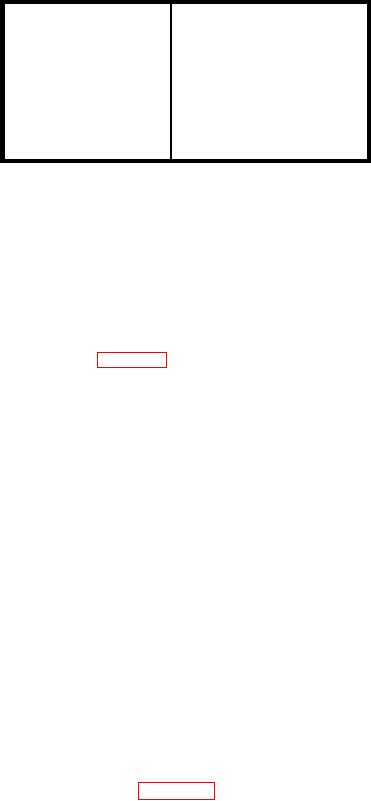
important thing you can do is to use the correct
Table 2-2.--Waste Heat Boiler Control Limits
procedures. In testing and treating boiler water, you
will use a different set of procedures for different
parts of the boiler water system. When testing for
Alkalinity
0.05 to 0.25 epm
chloride and conductivity, for example, you must use
the procedures for propulsion boilers. When testing
Phosphate
25 to 75 ppm
for alkalinity and phosphates, you must use the
procedures for auxiliary boilers. Both procedures are
Conductivity
500 mho/cm maximum
explained in detail in NSTM, chapter 220, volume 2,
"Boiler Water/Feedwater Test and Treatment." In
Chloride
1.0 epm maximum
routine testing you will actually be shifting from one
procedure to the other. The reason for this is based on
the natural order in which you should perform the
procedures according to the type of water you will be
testing. For a detailed description of all procedures,
testing.
we recommend you consult NSTM, chapter 220,
volume 2. At first this process maybe confusing, but
Boiler Water
the more familiar you become with this NSTM
chapter, the easier these procedures will become. We
The boiler water testing and treatment procedures
will explain the highlights of both tests in the
you will use are based on the coordinated phosphate
following paragraphs.
program. The Navy uses this program to prevent acid
corrosion, caustic corrosion, and scale formation in
Boiler Water Conductivity Test.-- Let's go to
boiler water. Table 2-2 contains the Navy's standard
boiler water control limits. If you study this table
the propulsion boiler section for the boiler water
carefully, you will see what compounds you will test
conductivity test. Because it is easy to perform and
for and their acceptable concentration limits.
does not require much time, this test should be done
first. (It should also be done first because the test
CHEMICALS.-- The first thing you need to learn
results can be affected by the absorption of CO2.)
about boiler water testing is the treatment chemicals
you will use and how these chemicals work to control
To perform this test, you will use the conductivity
the contaminants you are monitoring. Trisodium
meter, a dip-type conductivity cell (2.0 cell constant),
phosphate (TSP) and disodium phosphate (DSP) are
a thermometer, an 8-ounce square bottle, and
the chemicals you will use to treat the waste heat
distilled water. As easy as this test procedure is,
tiller water. TSP provides alkalinity and some of the
there are still two important steps that are sometimes
phosphate. DSP provides additional phosphate while
overlooked: (1) You must move the cell up and down
contributing little to the alkalinity. Maintaining
in the bottle to remove trapped air bubbles, and (2)
alkaline boiler water prevents acid corrosion and
you must move the cell up and down in the bottle
provides the necessary environment for the
during the measuring phase until the movement no
phosphate to react with the scale formers. The
longer affects the meter readings. Keeping the cell
additional phosphate prevents the formation of free
clean is another important task that is sometimes
caustic in the boiler water, an undesirable condition
overlooked. The most common mistake, however, is
that could lead to caustic corrosion. The propulsion
forgetting to change the distilled water in the cell
boilers measure the pH of the boiler water rather
storage bottle on a daily basis. For accurate results,
than the alkalinity. The corresponding pH range is
you must make sure the distilled water in the storage
about 9.7 to 10.4. The relationship of the waste heat
bottle containing the cell is changed daily.
boiler water treatment to the coordinated phosphate
curve is shown in figure 2-11.
Alkalinity and Phosphates Test.-- A common
mistake in boiler water testing is the use of outdated
In the next few paragraphs, we will discuss some
test chemicals. Before you perform the alkalinity and
of the highlights of the boiler water testing
phosphates test, you should check your test chemicals
procedures you will use. We will also warn you about
to make certain they are still active. To do this, check
some of the mistakes that are commonly made during
the dates on the containers to make certain the
the performance of these procedures.
chemicals are not outdated. You can avoid using
outdated chemicals by taking the following steps:
PROCEDURES.-- Accurate test results are
essential for an effective boiler water treatment
1. Do not overorder your test chemicals.
program. To get accurate test results, the most

